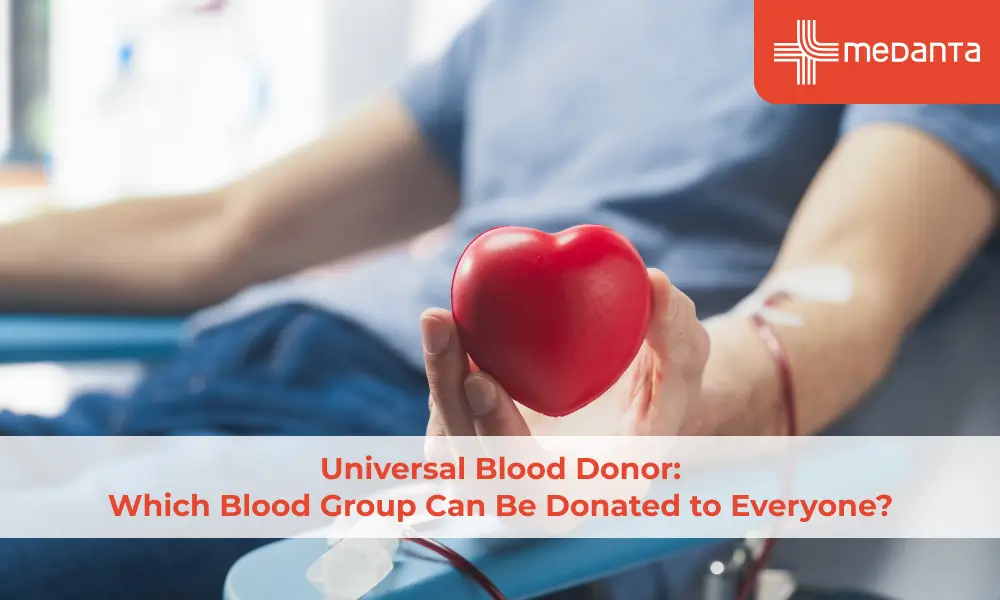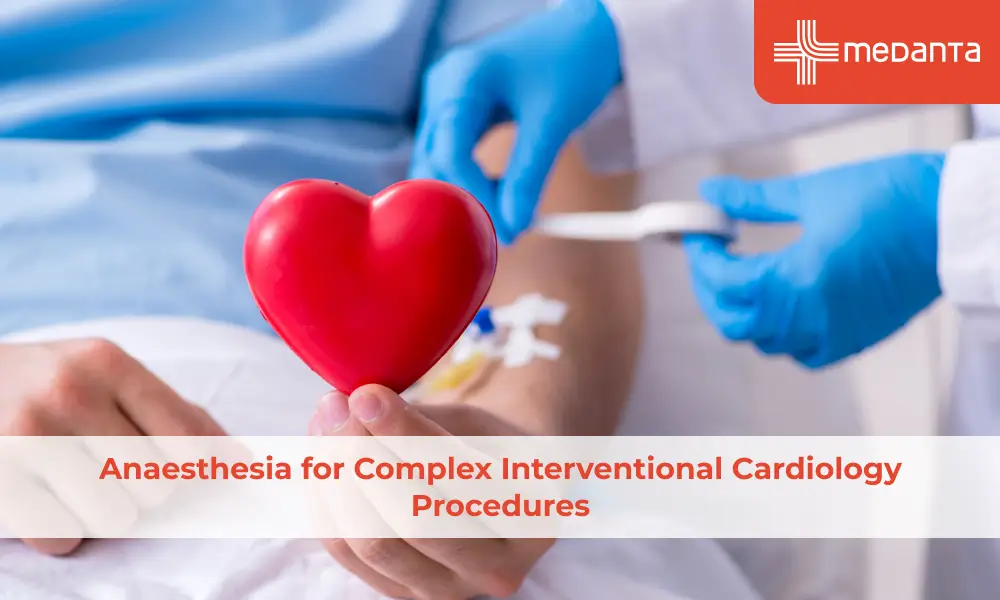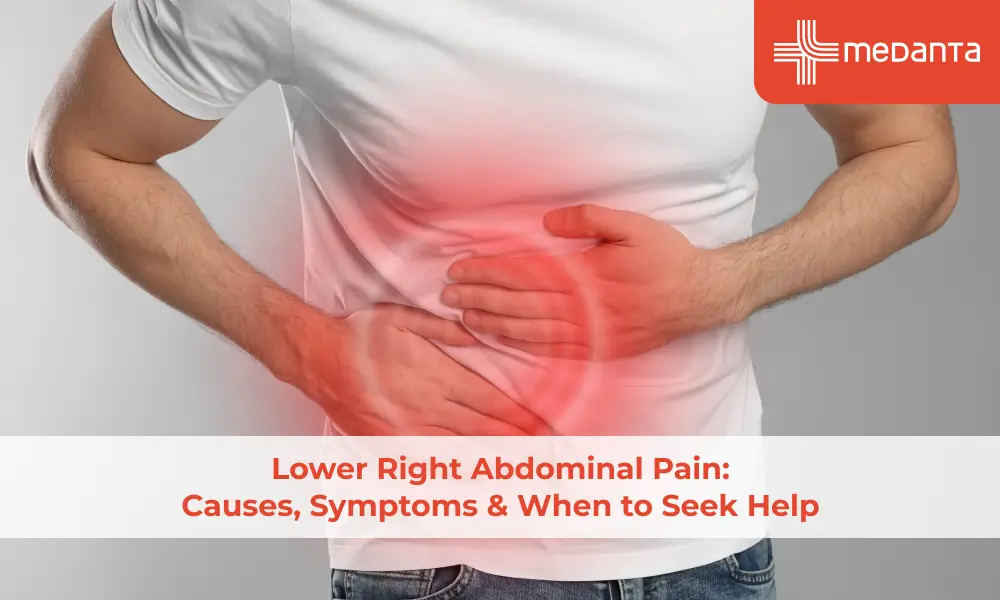A Complete Guide on the Most Common Infectious Diseases in Children

You will be shocked to learn that out of annual 10 million deaths among children aged less than 5, a large proportion is affected by infectious diseases. However, the good thing is it’s estimated that approximately two-thirds of these deaths can be potentially prevented by delivering interventions at scale.
It means to be able to protect your child, you should be aware of the most common disease in paediatrics. In this guide, we have put together some of the more prevalent infectious diseases your kids can contract. Also, you can learn how to treat those diseases.
6 Common Infectious Diseases in Kids: Knowing Their Symptoms and Treatment
In this section, you can learn six infectious diseases that most children suffer from, how you can recognize them, and what treatment you can provide your child.
Common Cold
An acute, self-limiting viral infection, the common cold, can be caused by several viruses, with the rhinovirus accounting for about 60% of infections. Common cold is the most prevalent infectious disease among infants and children. They can experience colds 6 to 8 times a year because of their underdeveloped immune systems and exposure to germs.
Symptoms:
- Variable degrees of sneezing
- Runny or stuffy nose
- Sore throat
- Coughing
- Rhinorrhea
- Mild fever
- Headache
How to Treat It:
Although there is no specific cure for the common cold, parents can easily manage their kid’s symptoms at home. All you need to do is ensure your little munchkin gets plenty of rest, fluids, and over-the-counter remedies such as nasal suction, saline nasal drops, and fever reducers. However, if your child’s symptoms persist or worsen for over ten days, you should consult a doctor.
Acute Gastroenteritis (Stomach Flu)
Acute gastroenteritis is an intestinal infection caused by viruses (like rotavirus), bacteria, or parasites. These pathogens are usually transmitted via the fecal-oral route and are most common among young children. Defined by increased stool frequency, gastroenteritis is reported to be the second leading mortality cause among kids between 1 and 59 months of age.
Symptoms:
- Diarrhoea
- Vomiting
- Abdominal pain
- Fever
- Dehydration
How to Treat It:
The treatment for gastroenteritis is majorly focused on fluid management. You can have your child drink oral rehydration solutions (ORS) and water in small sips. Also, ensure they don’t consume sugary drinks to prevent diarrhoea from worsening. In more severe cases, your paediatrician might suggest hospitalization for intravenous fluids.
Varicella (Chickenpox)
Caused by the varicella-zoster virus, varicella or chickenpox is a highly contagious viral infection. Usually, kids aged less than 12 years are diagnosed with chickenpox. Moreover, the primary infections can be followed by the virus’s dormant presence in the dorsal root ganglia of your kid’s spine, which can be reactivated in later years as a zoster infection.
Symptoms:
- Itchy, blister-like rash
- Tiredness
- Fever
- Loss of appetite
- Headache
How to Treat It:
Chickenpox generally runs its course within 1-2 weeks. You can give your younger one antihistamines or use soothing oatmeal baths and calming lotions to manage the itching. And acetaminophen can be used to control fever. Keep in mind to not give your child aspirin, as it can lead to Reye’s syndrome.
Conjunctivitis (Pink Eye)
Conjunctivitis, or pink eye, is an inflammation or infection of the conjunctiva- the clear tissue covering the eye's white part. Usually caused by bacteria, allergens, or viruses, conjunctivitis is highly contagious.
Symptoms:
- Red or pink eyes
- Discharge from the eyes
- Swollen eyelids
- Itchy or burning sensation
How to Treat It:
How you treat your kid will depend on the cause of the infectious disease. While viral conjunctivitis usually resolves on its own, you can use antibiotic eye drops or ointments prescribed by a paediatrician to manage bacterial conjunctivitis. In the case of allergic conjunctivitis, antihistamines can help. Also, see that your kid is practising good hygiene and avoid sharing towels to prevent the infection from spreading.
Hand, Foot, and Mouth Disease (HFMD)
A contagious viral illness, hand foot mouth disease (HFMD), is common in young children, especially in those who are aged less than 5. It is caused by coxsackievirus and can cause a blister-like rash on your kid’s hands and feet or painful sores in their mouth.
Symptoms:
- Rash on hands, feet, and sometimes the buttocks
- Fever
- Painful sores in the mouth
- Fatigue and irritability
How to Treat It:
Since it’s a viral infection, hand-foot-mouth disease typically clears on its own within 7-10 days. To ease your little munchkin’s discomfort, you can give them pain relievers and mouth rinses to help soothe their sore throats. In addition, encourage your child to drink fluids and avoid spicy or acidic foods, as they can irritate their mouth sores.
Ear Infection (Otitis Media)
An ear infection, also called otitis media, is a sudden infection in the space behind your kid’s eardrum. Caused by a virus or bacteria, this ear infection often occurs following a cold. What happens is fluid builds up behind your child’s eardrum, providing a breeding ground for bacteria and viruses. Kids between the ages of 6 months and 2 years are more commonly affected by otitis media, with the diseases being common until age 8.
Symptoms:
- Ear pain
- Difficulty hearing
- Trouble sleeping
- Tugging at the ear
- Irritability
- Fever
- Loss of appetite
How to Treat It:
If bacteria cause otitis media, your child might need antibiotics to clear the infection. Moreover, you can use warm compresses or over-the-counter pain relievers to manage their pain.
Wrapping it up all!
All kids contract infections from time to time. But when they don’t feel well, you will want to know what’s bothering them, how to recognize the symptoms, how to treat them, and when to seek medical help. So, being aware of the above-discussed most common disease in paediatrics is the first step in ensuring your younger one’s swift recovery. However, if you fail to manage your kid’s health, reaching out to a professional Medanta paediatrician is a good idea.






